The world of surfing is as much about the rider as it is about the equipment. While the surfboard itself often takes center stage, the humble fin—or more specifically, the tail fin—plays a pivotal role in how a board performs on the water. Often overlooked by beginners, seasoned surfers know that the right fin can make or break a ride. From single fins to quads, the design, placement, and materials of tail fins have evolved dramatically over the decades, each innovation offering a new way to carve, pivot, and glide across the waves.
The Origins of the Surfboard Fin
Before the 1930s, surfboards were finless. Riders relied solely on the shape of the board and their own balance to navigate the waves. This changed when Tom Blake, an influential surfer and shaper, introduced the first fixed fin. Inspired by the keel of a boat, Blake’s design provided much-needed stability and control. The addition of a single fin revolutionized surfing, allowing riders to take on larger waves and execute more precise maneuvers. Early fins were made of wood, but as surfing grew in popularity, materials like fiberglass and eventually plastic became the norm.
The Single Fin Era
For decades, the single fin dominated surfing. Its simplicity and reliability made it the go-to choice for traditionalists. Longboarders, in particular, favored the single fin for its smooth, drawn-out turns and ability to maintain speed on mellow waves. However, as surfing styles evolved and shortboards gained prominence in the 1960s and 70s, the limitations of the single fin became apparent. Riders wanted more responsiveness, tighter turns, and the ability to push harder into the pocket of the wave. This demand led to experimentation with multiple fins.
The Rise of the Thruster
In the early 1980s, Australian shaper Simon Anderson introduced the thruster—a three-fin setup that would become the industry standard. The thruster combined the stability of a central fin with the maneuverability of two smaller side fins. This configuration allowed surfers to maintain speed through turns while providing enough grip to handle steep, powerful waves. The thruster’s versatility made it an instant hit, and it remains the most popular fin setup today. Its design has been tweaked over the years, with variations in fin size, rake, and flex catering to different surfing styles and conditions.
Quads, Twins, and Beyond
While the thruster reigns supreme, alternative fin setups have carved out their own niches. The quad fin—a four-fin system—offers exceptional speed and drive, making it a favorite for barrel riders and big-wave surfers. By removing the center fin, quads reduce drag and allow for faster down-the-line speed. Twin fins, on the other hand, harken back to the 1970s shortboard era, offering a loose, skate-like feel that appeals to surfers looking for a more playful ride. More experimental setups, such as five-fin configurations or asymmetrical designs, continue to push the boundaries of what’s possible on a wave.
Materials and Technology
Modern tail fins are a far cry from their wooden ancestors. Today, fins are crafted from advanced materials like carbon fiber, honeycomb composites, and even 3D-printed polymers. These materials allow for precise tuning of flex patterns, which in turn affects how a board responds to pressure. Stiffer fins provide more control in powerful waves, while flexible fins offer a smoother, more forgiving ride in smaller surf. Additionally, removable fin systems have become standard, enabling surfers to swap fins based on conditions or personal preference. This modularity has opened up new possibilities for customization and performance tuning.
The Future of Tail Fins
As surfing continues to evolve, so too will fin design. With the rise of computer-aided design (CAD) and hydrodynamic testing, fins are becoming more refined than ever. Some companies are experimenting with adjustable fins that can be modified mid-session, while others are exploring biomimicry—drawing inspiration from fish and marine mammals to create more efficient shapes. Environmental concerns are also shaping the industry, with brands developing eco-friendly fins made from recycled materials or sustainable alternatives like flax fiber. One thing is certain: the tail fin will remain a critical component of surfing’s ongoing innovation.
From its humble beginnings as a simple wooden keel to the high-tech, precision-engineered components of today, the surfboard tail fin has come a long way. Whether you’re a traditionalist riding a single fin longboard or a progressive surfer experimenting with the latest quad setup, understanding your fins is key to unlocking your board’s full potential. After all, in surfing, the smallest details often make the biggest difference.
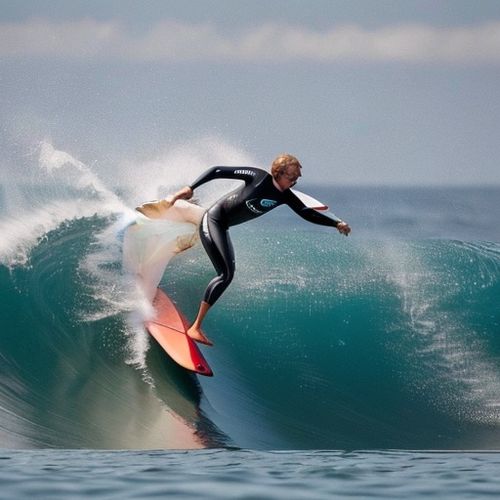
By Eric Ward/May 8, 2025
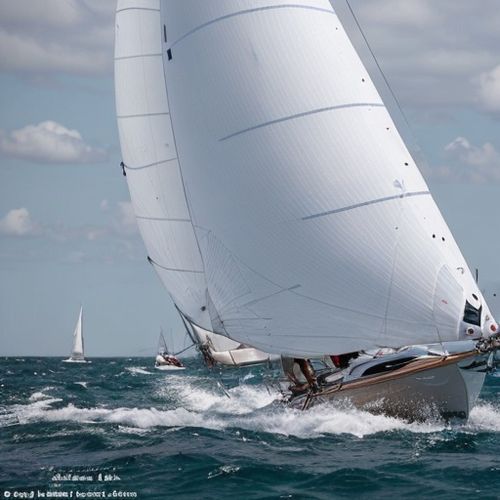
By Lily Simpson/May 8, 2025
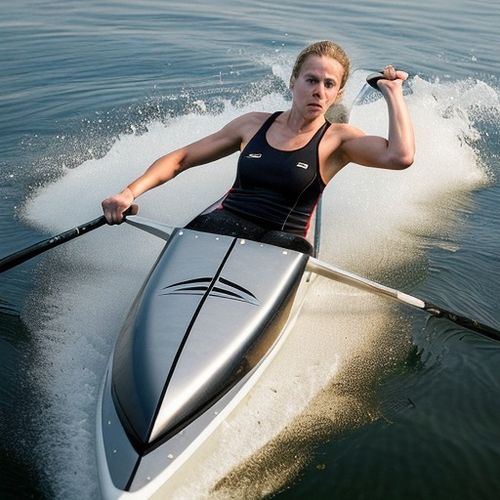
By Jessica Lee/May 8, 2025

By Grace Cox/May 8, 2025

By Emily Johnson/May 8, 2025

By Rebecca Stewart/May 8, 2025

By George Bailey/May 8, 2025

By Sophia Lewis/May 8, 2025
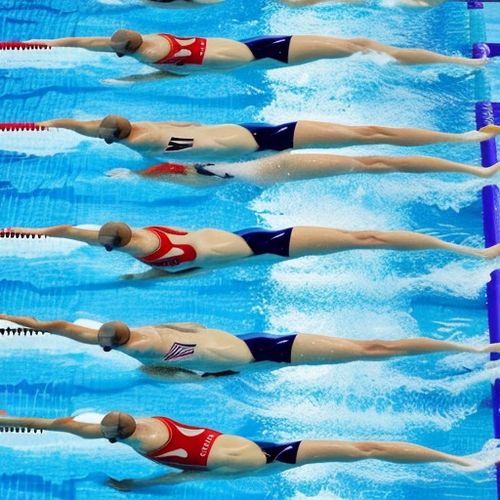
By George Bailey/May 8, 2025
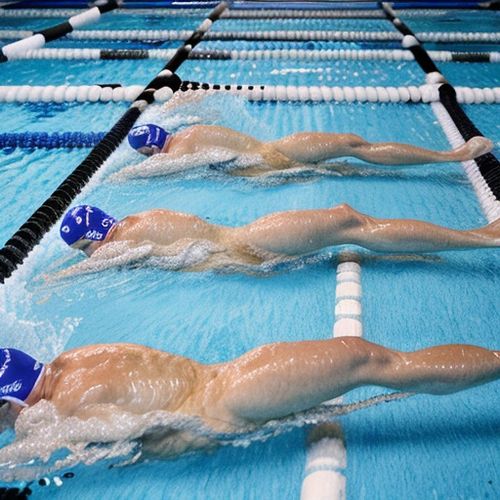
By Eric Ward/May 8, 2025

By James Moore/May 8, 2025
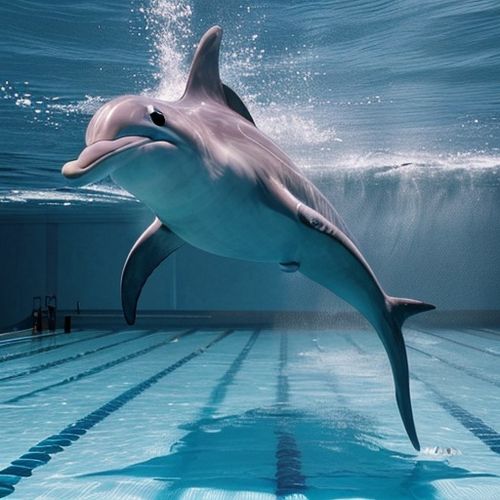
By Thomas Roberts/May 8, 2025

By Victoria Gonzalez/May 8, 2025

By Samuel Cooper/May 8, 2025

By David Anderson/May 8, 2025

By Joshua Howard/May 8, 2025

By Michael Brown/May 8, 2025

By Elizabeth Taylor/May 8, 2025

By Benjamin Evans/May 8, 2025

By Noah Bell/May 8, 2025